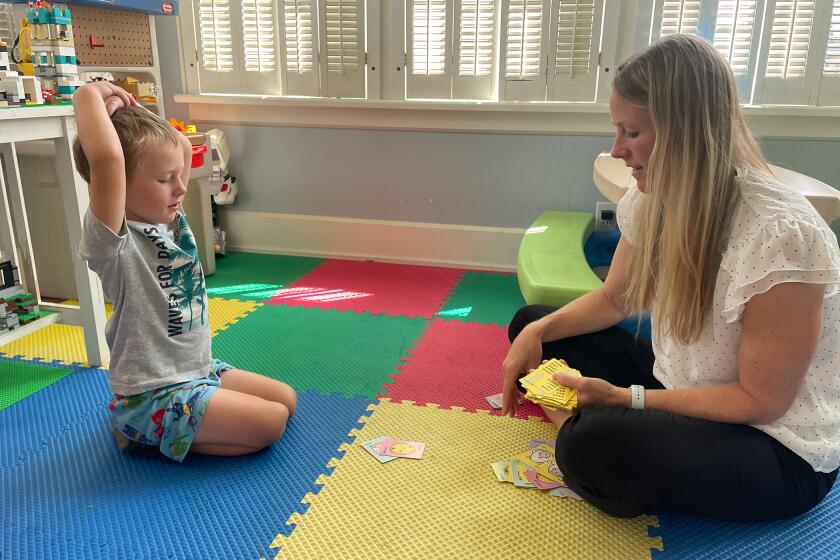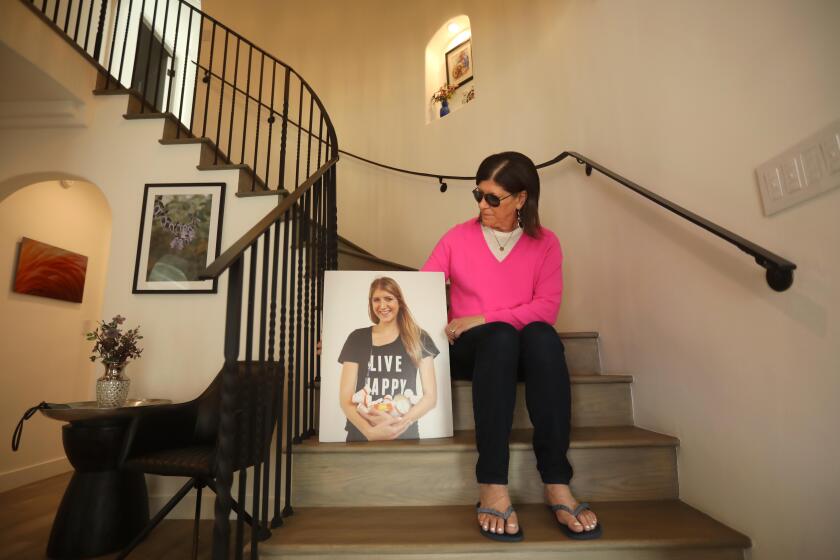Stem cell therapy appears successful in treating rare, deadly skin disease
Stem cell therapies hold enormous promise. But, so far, there are few confirmed stem cell treatments beyond traditional bone marrow transplantation. Researchers reported Wednesday, however, that they have been able to use stem cells to treat a rare, often-fatal skin disease in children.
The results of the experimental therapy suggest that stem cells from bone marrow can travel to injured skin cells and repair damage to those cells.
The project began after scientists, in 2007, discovered an unusual type of marrow stem cells that could repair skin cells in laboratory models and in mice. That led to the experimental treatment for a condition -- called recessive dystrophic epidermolysis bullosa, or RDEB. The incurable, genetic illness causes skin to blister and tear from the even most minimal contact. It also affects the lining of the mouth and esophagus. Cases vary in severity, but in the worst cases, children with the condition typically die of infection or skin cancer.
“From the moment of birth, these children develop blisters from the slightest trauma which eventually scar,” a co-author of the study, Dr. John E. Wagner, of the University of Minnesota, said in a news release. “They live lives of chronic pain, preventing any chance for a normal life.”
In the study reported Wednesday, Wagner, along with scientists in Portland, Japan and the United Kingdom, report treating seven children with RDEB with the stem cells from donor bone marrow. One child died before the transplantation. The other children responded to the therapy, in varying degrees, although a second patient died later from complications. Among the surviving children, the study authors report they are in better health, overall, and that the stem cells have migrated to the skin and increased levels of a type of collagen that is missing in children with the condition.
Research will continue to improve the safety and effectiveness of the therapy, the authors wrote. An editorial accompanying the study said the work gives rise to “cautious hope” for RDEB but noted that longer follow-up of the patients will be necessary to understand the full potential of the treatment.
“it is difficult to determine how much of the clinical improvement in the children was due to transplantation and how much was due to a long period of careful medical attention, protection from trauma, and standardized wound care. Future trials must use more objective methods to assess the frequency of blistering, the stability of the dermal–epidermal junction, and the extent of wound areas,” the editorial stated.
The study and editorial were released in the New England Journal of Medicine.
“Bone marrow transplantation is one of the riskiest procedures in medicine, yet it is also one of the most successful,” Dr. Jakub Tolar, a co-author of the paper, said in a news release. “Patients who otherwise would have died from their disease can often now be cured. It’s a serious treatment for a serious disease.”
-- Shari Roan / Los Angeles Times
Return to Booster Shots blog.



